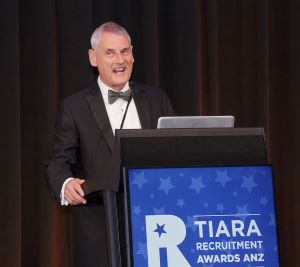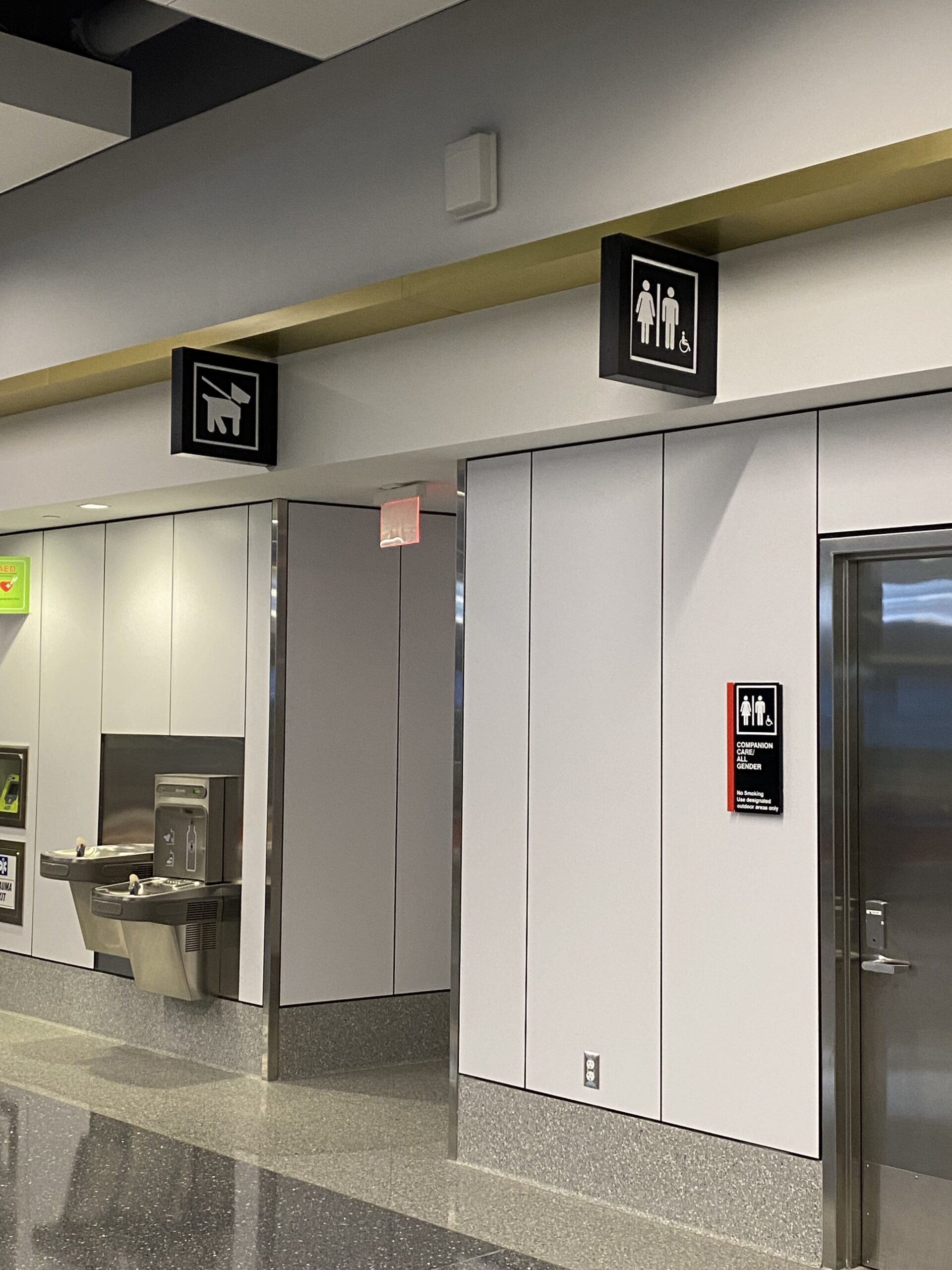TA and HR teams are stretched the breaking point. At what stage are organisations going to take care of the talent that takes care of the talent?
When it comes to talent, HR and TA can doanything, just not everything. The time has come to start saying ‘no’.
HR and TA teams are often the corporate punching bags for other parts of their organisation; everyone thinks the job can be done with ‘a bit of organised common sense’ or ‘by working just a bit more efficiently’.
Whilst it’s true that sometimes HR and TA can seem a bit too inward looking (how many other functions are constantly debating what they should be called? And don’t even get me started on the pointlessness of calling roles ‘business partners’) over the last two years the importance of finding and keeping people has never been more important.
Furthermore, the pandemic created a myriad of new challenges: creating effective flexible working models; expanding the function to look at re-skilling, upskilling and internal mobility; creating remote-first EVPs and onboarding strategies; assessing and deploying an ever-growing array of technology solutions and driving better DE&I results, all whilst hiring against the most acute talent shortages any of us have ever seen.
This is compounded by the propensity for people in the profession to have a very strong service orientation (whether this is a result of a lack of confidence – see opening sentence – or other reasons, is for another article) but the result is that they are continuing to operate at a ‘code red’ level that is simply not sustainable. Clearly at the height of the pandemic everyone had to pull together with a ‘do whatever needs to be done’ mentality but that time has passed and a longer term, more strategic approach is needed. The structural challenges in the market aren’t going away any time soon and as we leave COVID-19 behind, we are faced with another set of economic, political and societal challenges that all add to the ongoing feeling of crisis. But as Lord Chris Holmes so eloquently asked our Talent Acquisition Awards last autumn ‘who looks after the talent that looks after the talent’?
As with any complex problem, there is no simple answer. In an ideal world the HR and TA leaders would have the resources they need to deliver effectively, but there also needs to be a recognition at C-suite that there is an acute shortage of recruiters so there needs to be a limit to how much additional work can be added.
It’s an emotive topic because pretty much every other corporate function has faced additional demands so making the case for HR to be prioritised isn’t straightforward, but it must be done. A good place to start is labour market analytics – at the beginning of 2022 the most in-demand jobs weren’t in tech; they were in recruiting. But this only helps set the scene, the tricky bit is learning to say ‘no’ or, at the very least ‘not right now’. Finding and keeping talent has always been a top-three priority for CEOs, for so many organisations it is now the number one priority.
I talk to so many HR and Talent leaders and they are all resolute in doing the best job they possibly can, but there is also often a high degree of frustration in not being able to have the time to move from fire fighting to dealing with the source of the fire itself. Ultimately however they also have to be the ones to get their CEOs to understand that balancing short-term fixes with properly resourced long-term talent strategies is fundamental to a sustainable business. The campaign goes on!






